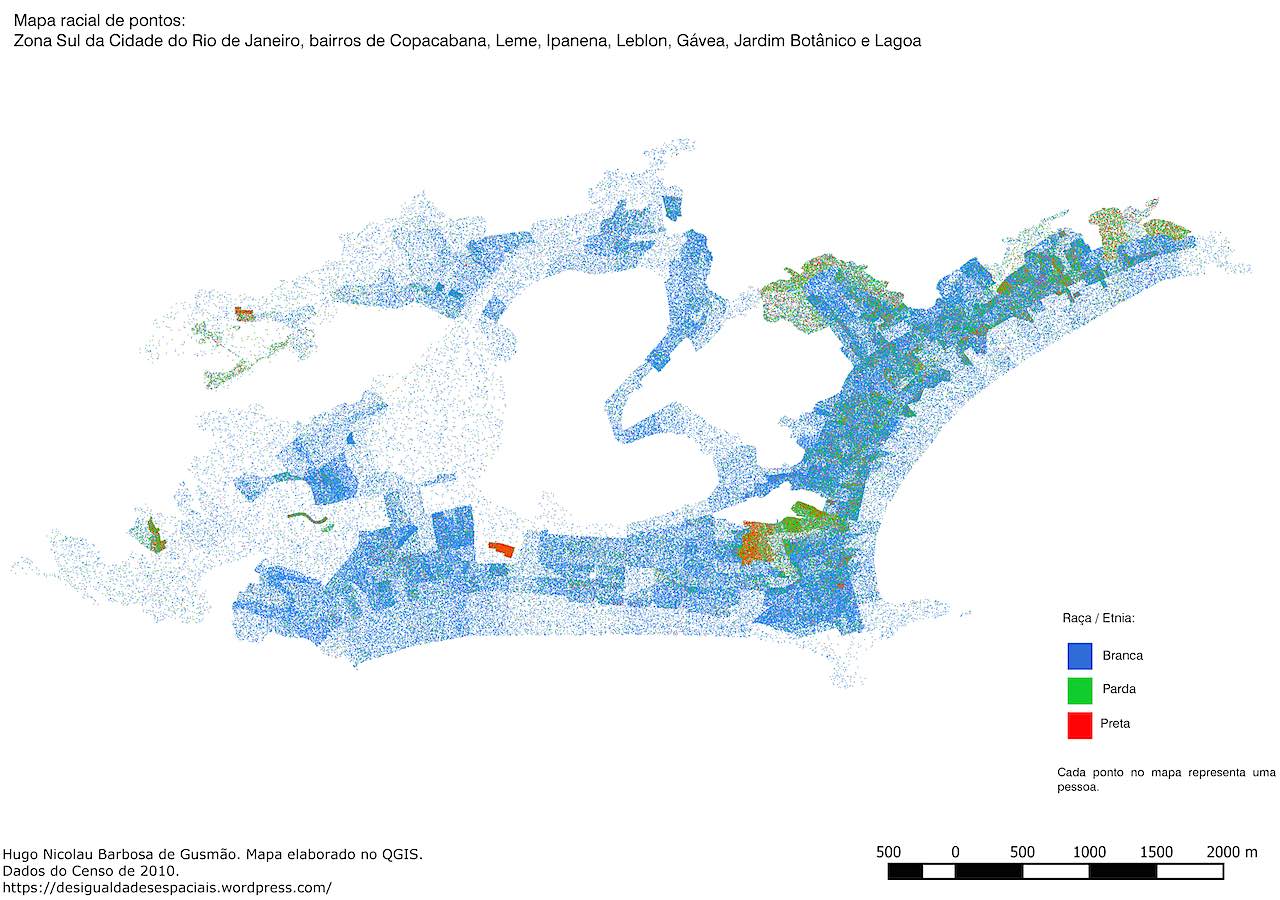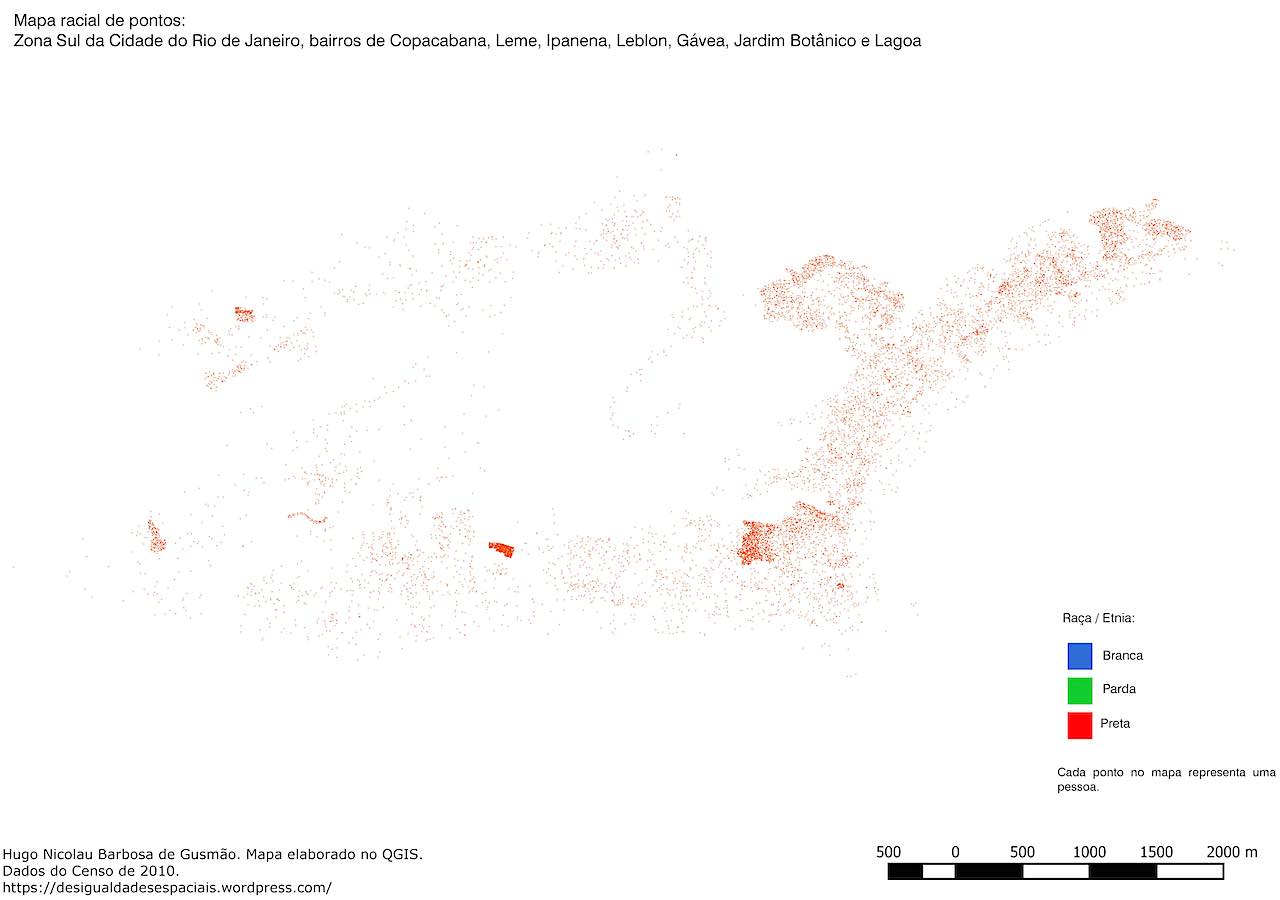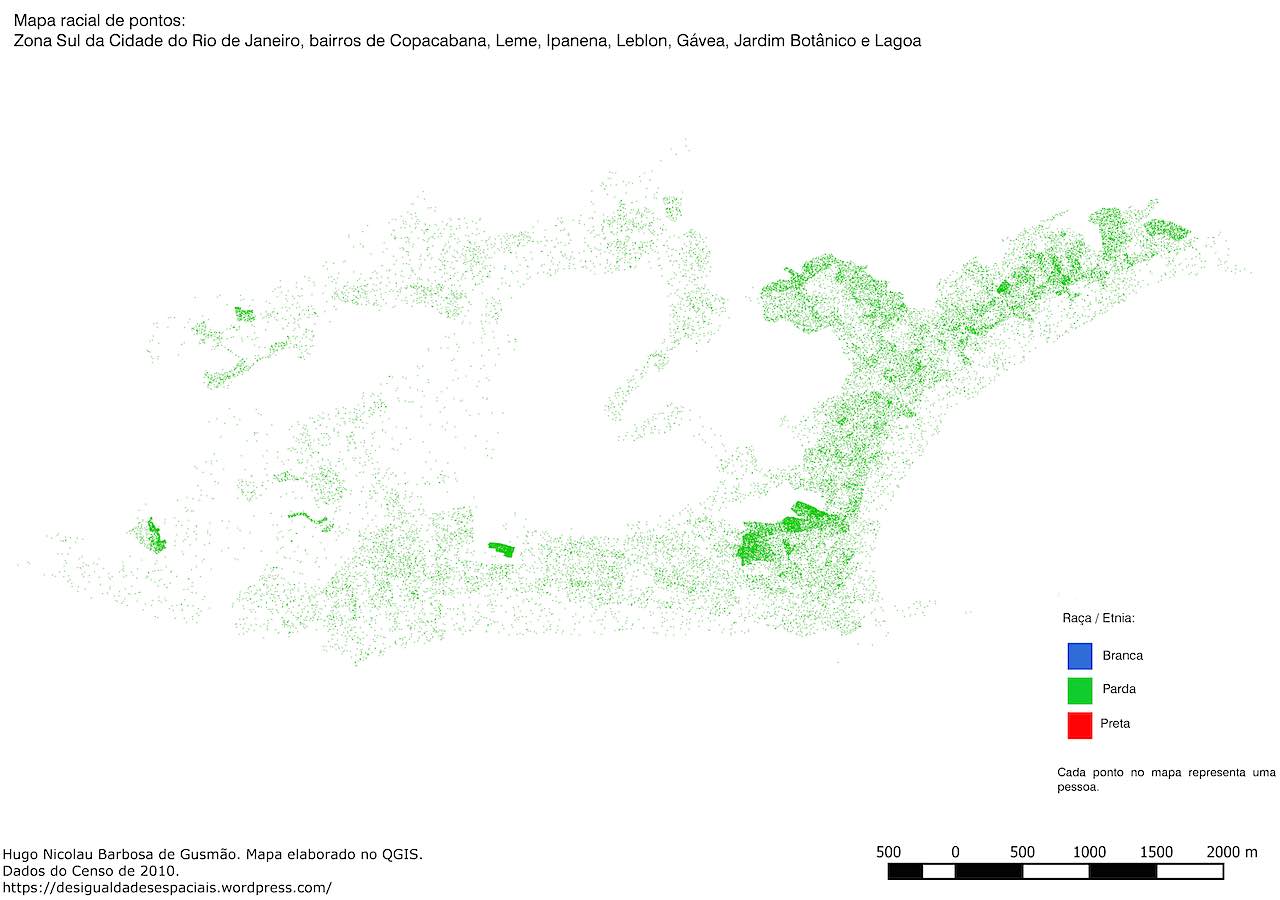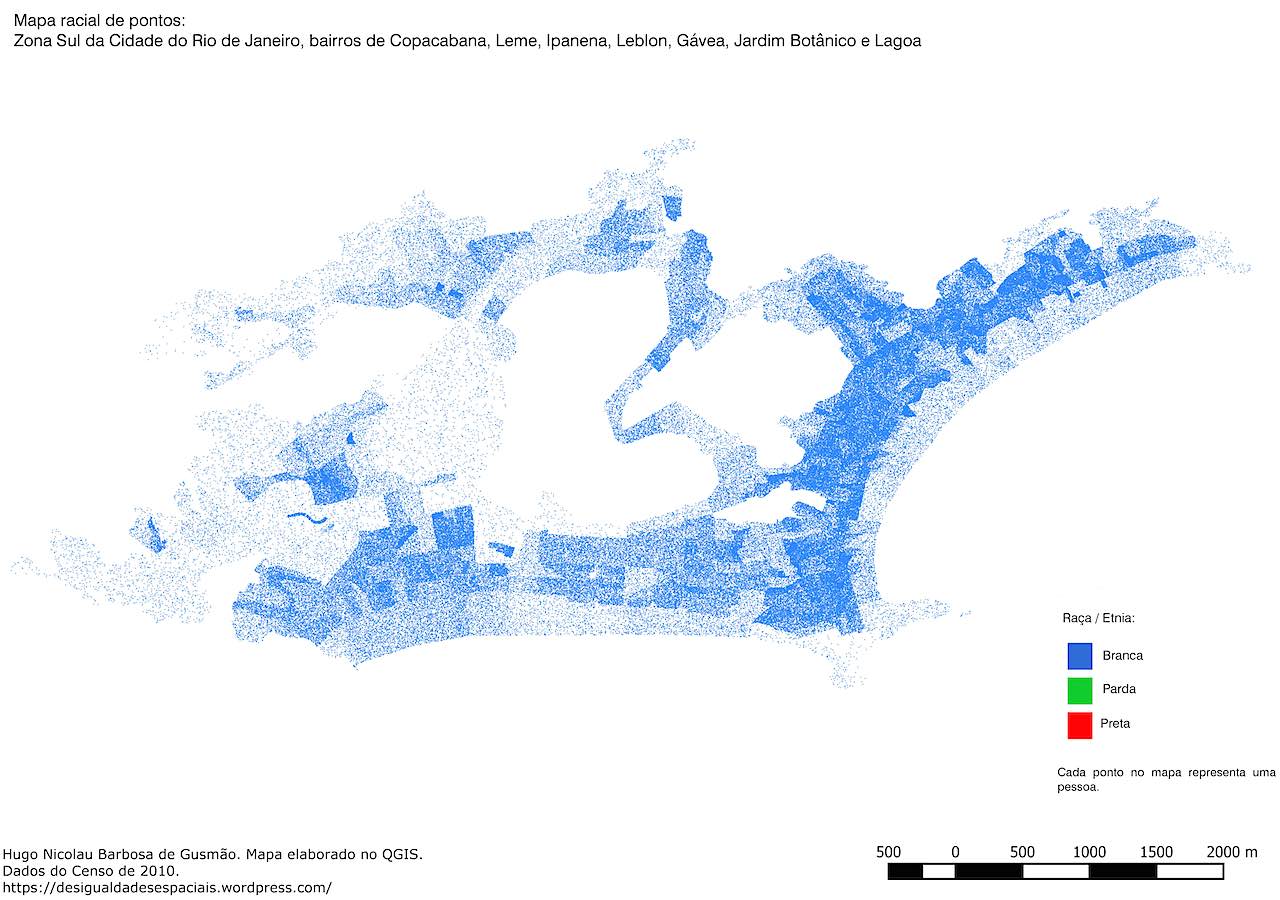RIO DE JANEIRO, Brazil — Hugo Nicolau Barbosa de Gusmão, a 29-year-old geography student from Sao Paulo, got fired up watching the news from Rio de Janeiro.
Following reports that young black men were being effectively barred from accessing Rio’s fanciest beaches, Barbosa went online to find out more about the racial makeup of Brazil’s second-largest city.




